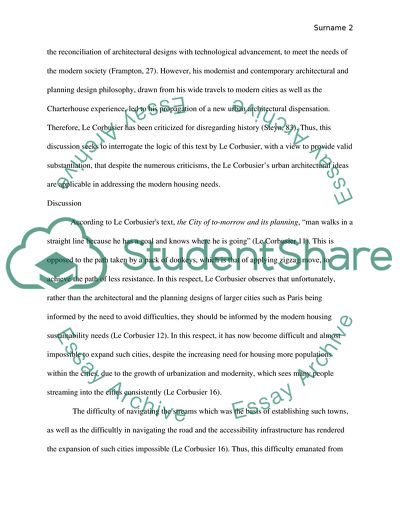Cite this document
(The City of To-Morrow and Its Planning by Le Corbusier Book Report/Review Example | Topics and Well Written Essays - 2000 words, n.d.)
The City of To-Morrow and Its Planning by Le Corbusier Book Report/Review Example | Topics and Well Written Essays - 2000 words. https://studentshare.org/architecture/1821267-le-corbusiers-the-city-of-to-morrow-and-its-planning
The City of To-Morrow and Its Planning by Le Corbusier Book Report/Review Example | Topics and Well Written Essays - 2000 words. https://studentshare.org/architecture/1821267-le-corbusiers-the-city-of-to-morrow-and-its-planning
(The City of To-Morrow and Its Planning by Le Corbusier Book Report/Review Example | Topics and Well Written Essays - 2000 Words)
The City of To-Morrow and Its Planning by Le Corbusier Book Report/Review Example | Topics and Well Written Essays - 2000 Words. https://studentshare.org/architecture/1821267-le-corbusiers-the-city-of-to-morrow-and-its-planning.
The City of To-Morrow and Its Planning by Le Corbusier Book Report/Review Example | Topics and Well Written Essays - 2000 Words. https://studentshare.org/architecture/1821267-le-corbusiers-the-city-of-to-morrow-and-its-planning.
“The City of To-Morrow and Its Planning by Le Corbusier Book Report/Review Example | Topics and Well Written Essays - 2000 Words”. https://studentshare.org/architecture/1821267-le-corbusiers-the-city-of-to-morrow-and-its-planning.


